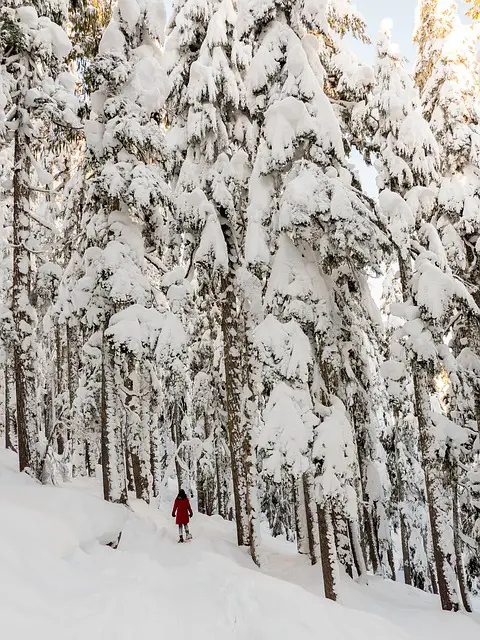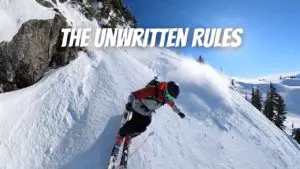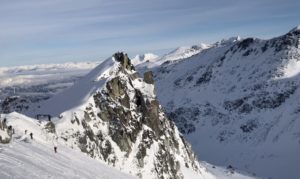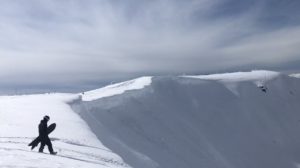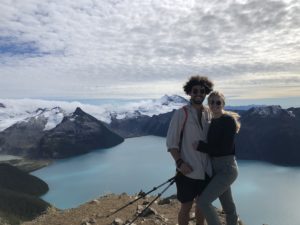So you’re thinking about snowshoeing?
That’ Awesome!
It’s one of the easiest winter sports to pick up, hell ,if you can walk, you’ll be a darn good snowshoer.
The indigenous peoples of North America invented the first advanced versions of the snowshoe in a variety of styles that varied by the community. The one thing in common, they were designed to keep users from sinking into loose and high snow.
These days, snowshoes are used more often for pleasure and sport than travel and hunting, but their purpose is still the same. Getting into a pair of snowshoes and going for a hike/walk of any duration is great low impact exercise, an amazing escape and a surefire way to make connections with nature. Did I mention, it is one of the cheapest winter sports to get into, no more paying for lift and gondola tickets!
Table of Contents
The 3 Main Gear Essentials
Snowshoes and Poles
When you’re first starting out, renting gear is a great option to get a taste of the sport and decide whether or not you want to invest in your own equipment. There are many different types of snowshoes and sizes for different types of terrain and snow, a local sports rental shop will help decide what is best for you.
However, if you’re looking to buy gear right out of the gate, As a general rule of thumb, you want your snowshoe to be rated for more than the weight of you and your pack. The smaller deck size (surface area of the snowshoe) is better for packed snow, and larger for lighter powder snow as weight is better distributed. When you’re starting out, I would recommend buying used, maybe some of last years rental and not fuss too much about the physical model, just get out there and try. Find out the style of snowshoer you are and the type of snow you prefer before investing in a more expensive pair.
As for poles, they are optional, but strongly recommended. They help with balance and when used properly can take a serious load off the legs and knees on the ascent and descent.
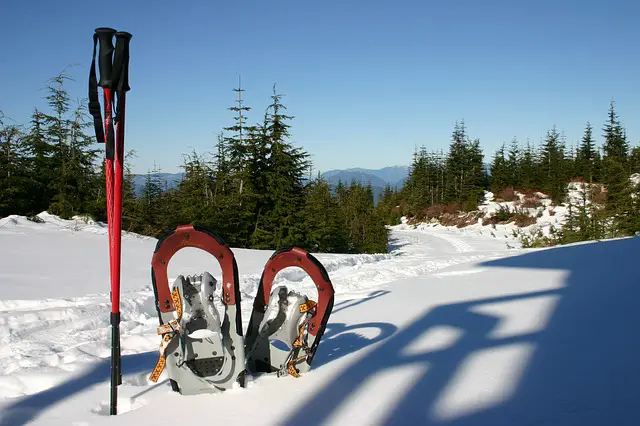
Warm/Waterproof Hiking Boots
Any pair of shoes can do the trick, you could even manage to strap your bare feet into snowshoes if you felt adventurous. However, warm, dry and comfortable footwear will keep you happiest when hiking through the snow. Although you love the warmth and comfort of your big sorel winter boots, they will not be the best for snowshoeing as your feet will sweat and these boots tend to be unsupportive for longer durations. Those waterproof/resistant hiking boots you wear in the summer are your best bet. A mid or high rise boot will be ideal as it will keep more snow out of your ankles. Many snowshoers opt to wear gaiters when the snow is very deep. A Gaiter is like a leg sleeve that sits below your knee and on your boot that keeps snow out of your ankles and boots, keeping your feet dry.
Breathable Clothing that can handle all conditions
Dress for the conditions and wear layers. Merino wool socks and base layers are king for all adventures, they help regulate temperature, reduce odors, and keep you dry. However, any sort of breathable athletic wear paired with your favorite warm sweaters will make up a fine base layer. Ensure you choose a comfortable hiking/athletic sock. I’ll fitting socks can be painful and cause blisters that will put a damper on the day. On top, wear your ski suit or a rain jacket shell and rain pants if it’s going to be a wet snowy type of day and don’t forget a toque or hat to keep your head toasty.
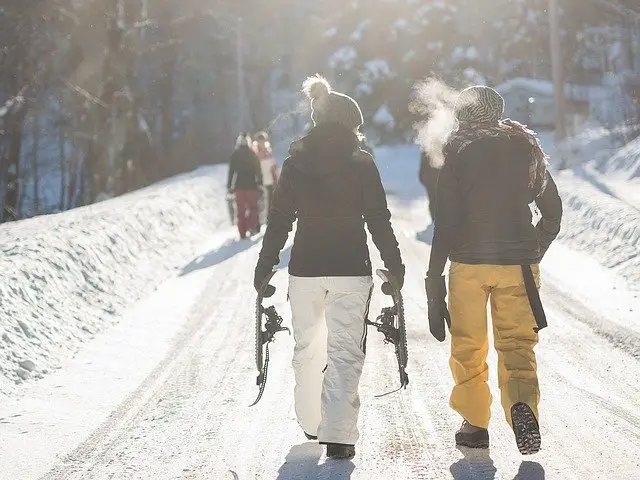
Pro Tip
Bring a backpack
This isn’t really that “pro” of a tip, but it is worth touching on. Wearing a backpack will enable you to carry water, snacks, and have the ability to better regulate heat by removing and storing layers when you are hot and sweaty on the uphill and to put them back on when you begin to cool off on the downhill portions of the trail. It is also a great idea to put a first aid/survival kit (Link to ultimate lightweight survival Kit) in your bag in case of emergencies.
Most importantly, don’t worry about procuring the best gear or waiting for the perfect day. Just grab a buddy and get out there and start walking around in that white stuff with your big ole duck feet.

